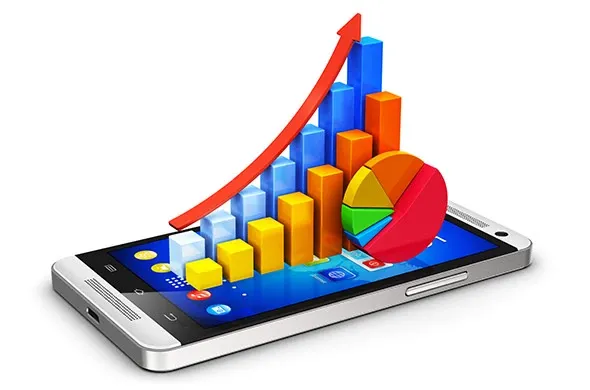Server Market Revenue Increased 61 Percent in 3Q25
The server market reached a record $112.4 billion in revenue during the third quarter of the year, according to IDC.

Worldwide smartphone shipments reached 347 million units in the first quarter of 2021, according to Canalys. The shipments went up 27% year on year.
Samsung took first place, shipping 76.5 million to take a 22% share. Apple shipped 52.4 million iPhones, to take a 15% share. Xiaomi clocked its best single-quarter performance ever, growing 62% and shipping 49.0 million units. Oppo and Vivo completed the top five, shipping 37.6 million units and 36.0 million units respectively. Huawei, which no longer includes Honor, is now in seventh place with 18.6 million units, as the former world number one remains shackled by US sanctions.
“In addition to great product value, Xiaomi is now also making strides to recruit local talent, become more channel-friendly and lead in high-end innovation, as seen with the Mi 11 Ultra and its recent foldable, the Mi Mix Fold, said Canalys research manager Ben Stanton. "Its competitors offer superior channel margin, but Xiaomi’s sheer volume actually gives distributors a better opportunity to make money than rival brands. But the race is not over. Oppo and Vivo are hot on its heels, and are positioning in the mid-range in many regions to box Xiaomi in at the low end. Honor is also a looming threat. It has already struck supply chain deals and is now signing distribution agreements to re-enter several markets in the second half of 2021. Xiaomi is leading the pack, but the race has only just started.“
“LG, a stalwart of the smartphone industry, is quitting this year,“ said Canalys analyst Sanyam Chaurasia. “It is symbolic of a new era in the smartphone market. It proves that aggressive pricing and channel strategy are more important than hardware differentiation in the modern day. LG holds the majority of its share in the Americas, at 80% of its total in 2020, which presents new opportunities for the likes of Motorola, TCL, Nokia and ZTE, particularly at price points below US$200. As the smartphone market continues to consolidate, this will not be the last time the incumbent vendors fight over the remains of a defeated brand.“
“COVID-19 is still a major consideration, but it is no longer the main bottleneck,“ said Stanton. “Supply of critical components, such as chipsets, has quickly become a major concern, and will hinder smartphone shipments in the coming quarters. And it will drive global brands to rethink regional strategies. Some brands, for example, have de-prioritized device shipments in India, amid the new COVID-19 wave, and instead are focusing efforts on recovering regions, such as Europe. And while the shortages persist, it will grant larger companies a unique advantage, as the global brands have more power to negotiate allocation. This will put further pressure on smaller brands and could force many to follow LG out of the door.“